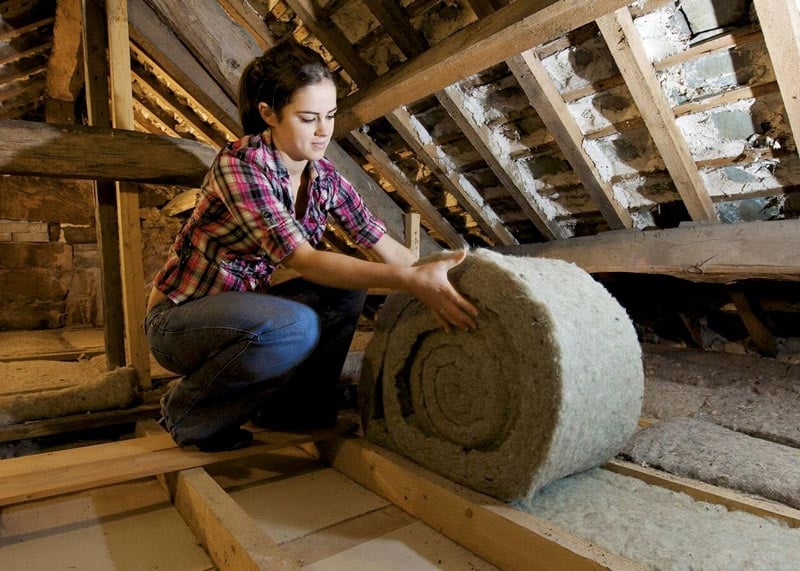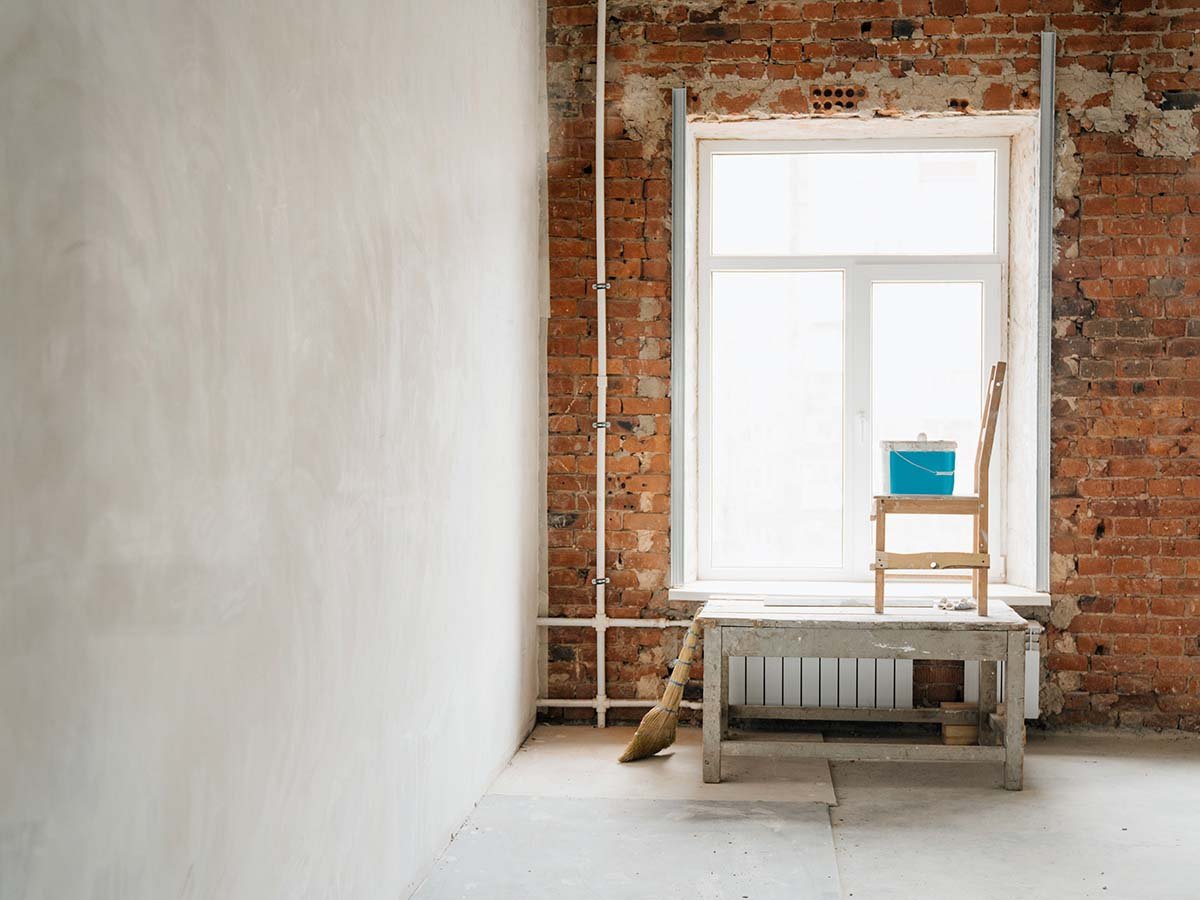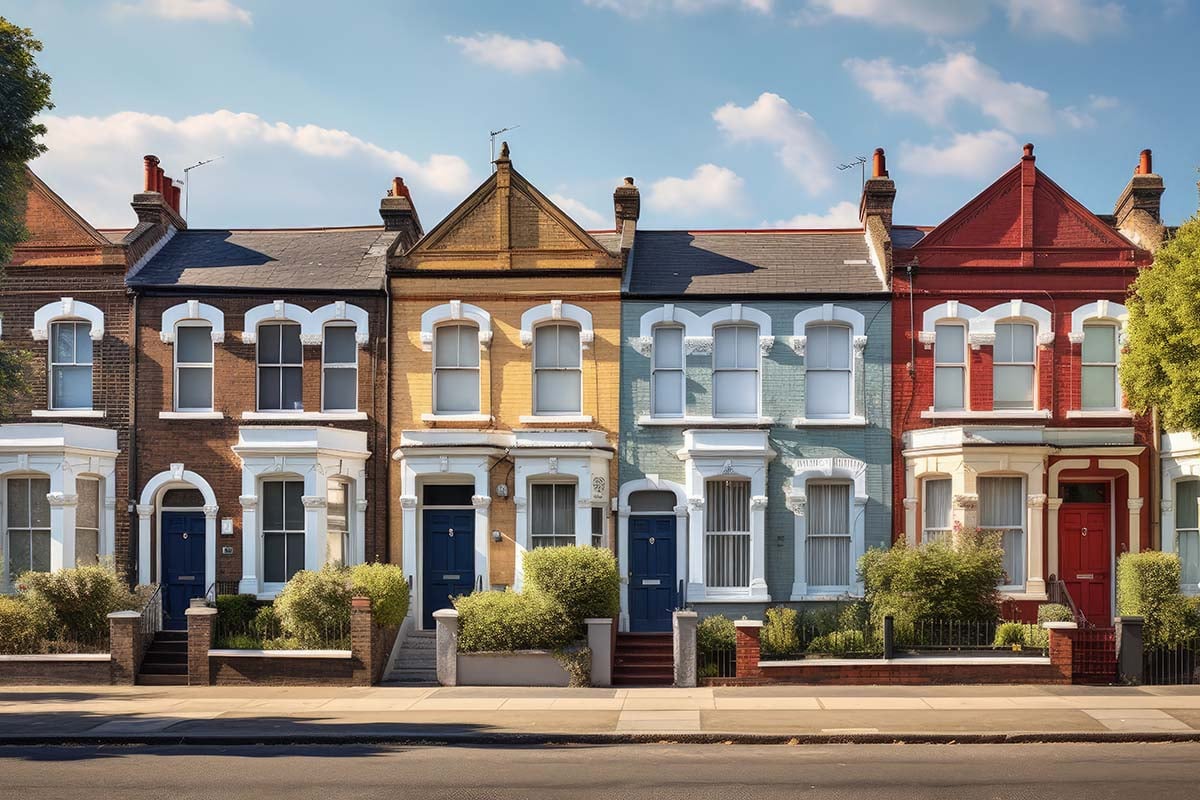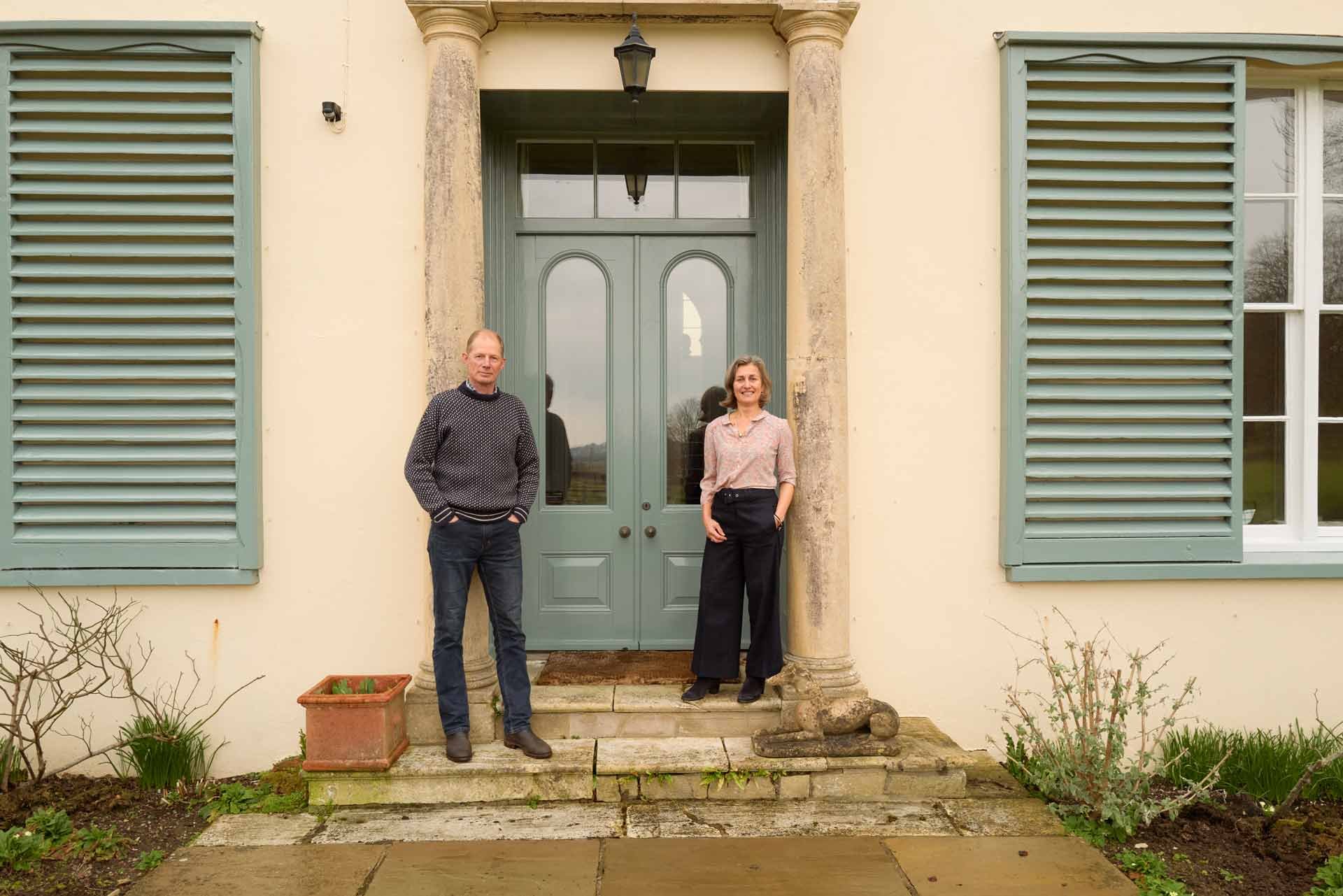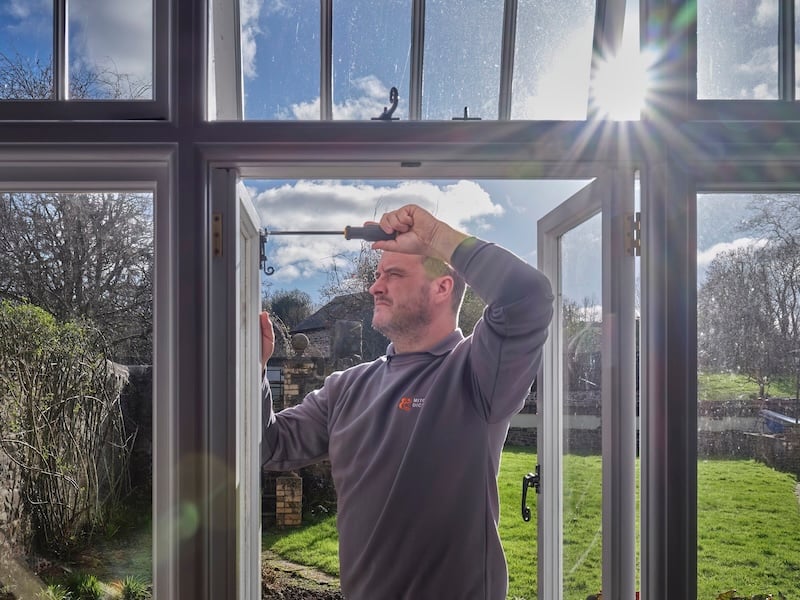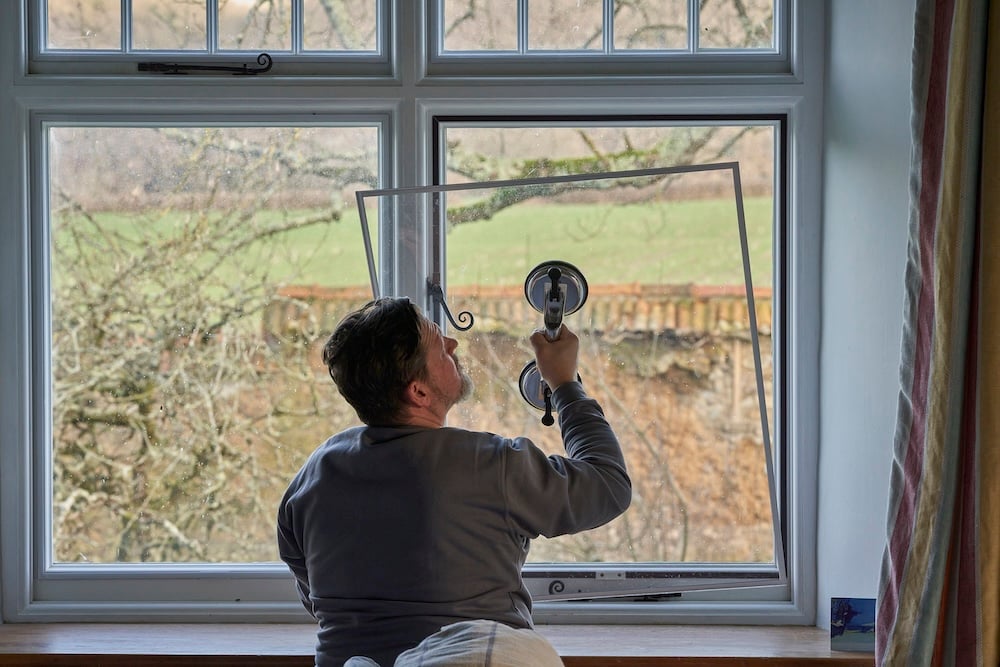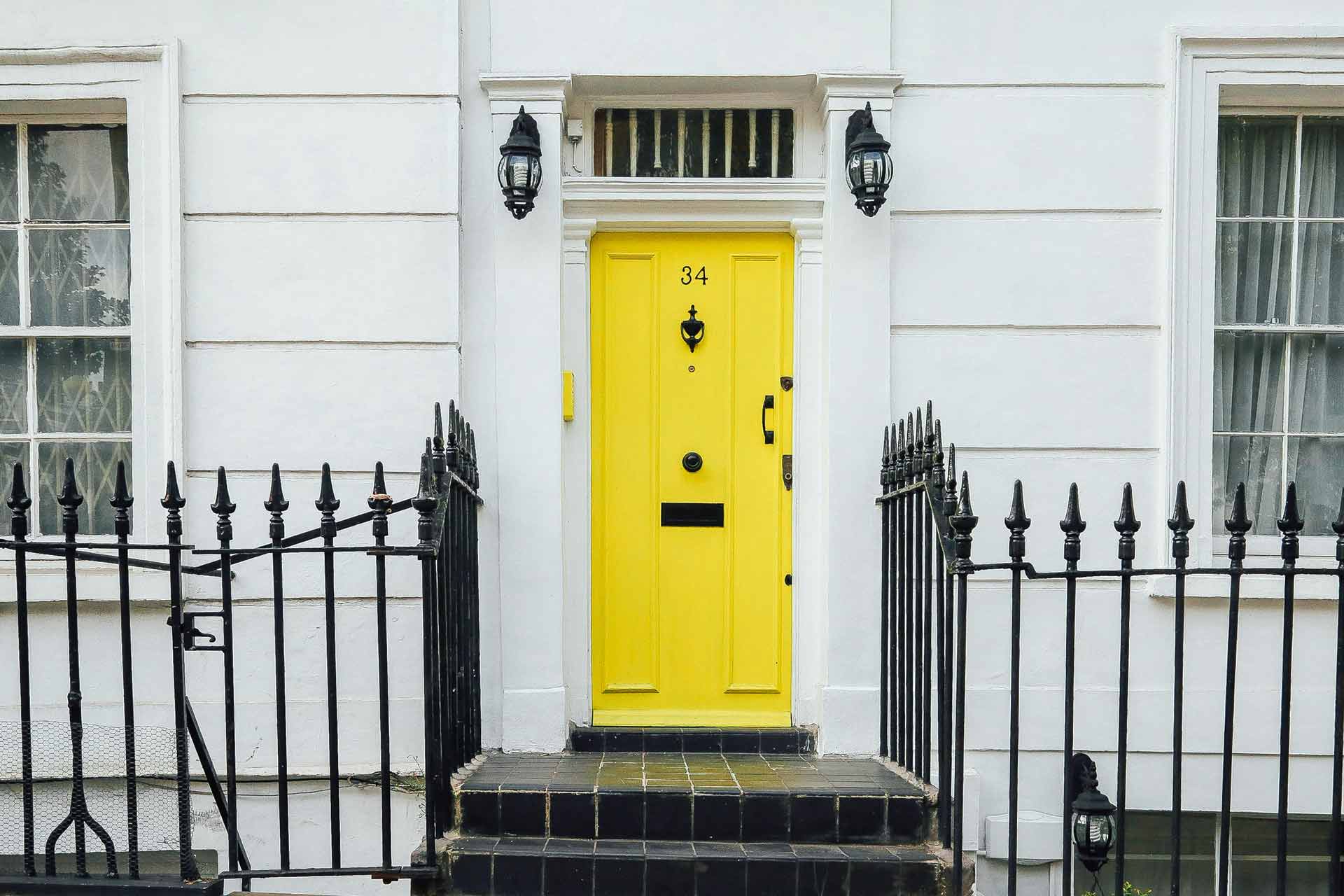If you live in a listed home, you’ll know the charm often comes with a chill. The good news is, it is possible to make your home warmer without risking the features you love.
However listed buildings can only be insulated using materials and methods that are breathable, reversible, and sympathetic to historic fabric. Approved options typically include sheep wool, wood fibre boards and batts, hemp-lime plaster, cork, and secondary glazing. Modern foams and plastics are unsuitable, as they trap moisture and risk long-term structural damage.
Which insulation types meet listed building requirements?
The Planning (Listed Buildings and Conservation Areas) Act 1990 requires that any works on listed buildings protect their architectural character. When working on a listed home, every step must respect its unique character. That’s why the right insulation isn’t just about warmth, it’s about preserving what makes your property special.
- Be reversible – removable without damaging original features.
- Allow breathability – preventing damp problems by letting moisture move freely.
- Respect appearance – internal and external.
Which natural insulation materials are approved?
- Sheep wool insulation
- Widely accepted for lofts and roof spaces.
- Naturally breathable and renewable.
- Provides excellent thermal and acoustic performance.
- Used extensively by heritage firms like Mitchell and Dickinson in roof upgrades.
- Wood fibre boards
- Used for room-in-roof and internal wall insulation.
- Regulate both heat and humidity, reducing condensation risk.
- Finished with lime plaster for a breathable surface.
- Hemp-lime or lime plaster
- Applied directly to solid walls or to wood fibre insulation.
- Maintains vapour permeability.
- Offers modest insulation but strong compatibility with historic masonry.
- Cork panels or granules
- A natural, flexible material with low environmental impact.
- Suitable for floors and walls where limited space is available.
Why are synthetics discouraged?
- Spray foam – can trap moisture, accelerating timber decay, and is extremely difficult to remove without damage.
- PIR and PUR boards – trap moisture against masonry.
- Plastic membranes – block moisture movement.
- Mineral wool – can retain moisture against masonry and timber, leading to damp risks.
RICS guidance warns that unauthorised works using such products may not only harm the building but also devalue the property and lead to enforcement action. Experienced heritage contractors such as Mitchell and Dickinson advise strongly against their use.
Heritage-compatible vs Conventional Insulation
| Material | Heritage-Friendly? | Reason | Example Use Case |
| Sheep wool | Yes | Breathable, renewable | Roofs, lofts, floors |
| Wood fibre boards | Yes | Thermal + moisture regulation | Internal walls, sloping ceilings |
| Hemp-lime plaster | Yes | Breathable, traditional finish | Solid walls |
| Cork panels | Yes | Flexible, sustainable | Floors and thin walls |
| Spray foam | No | Irreversible, traps moisture | Not acceptable |
| PIR boards | No | Non-breathable | Not acceptable |
What insulation works best for solid stone or brick walls?
Many Georgian and Victorian buildings feature solid masonry walls with no cavity, making insulation particularly challenging. Applying the wrong method risks trapping damp and damaging stone or brickwork.
Can internal wall insulation be applied?
Yes – but only with breathable, vapour-open systems. Commonly approved methods include:
- Wood fibre boards + lime plaster finish – offering thermal improvement while allowing walls to absorb moisture and let it pass through.
- Hemp-lime plaster layers – a water-permeable coating that modestly boosts insulation.
Both must be installed carefully to avoid cold bridges around timbers and joinery . Listed Building Consent will normally be required and may be refused if internal features such as plaster mouldings would be removed or covered. However in some cases these can be reinstated or replicated.
Why is external wall insulation rarely permitted?
External insulation is generally refused because:
- It alters the historic façade.
- It can obscure architectural detail such as stone quoins or decorative brickwork.
- It changes the building’s visual character within a conservation area.
What are safer alternatives to wall insulation?
Since wall insulation is often restricted, homeowners should prioritise:
- Loft insulation – usually the easiest, most effective measure.
- Secondary glazing – reduces heat loss through windows.
- Draught-proofing – discreet seals on windows and doors.
This layered approach respects the building’s breathability while improving comfort. According to the Energy Saving Trust, loft and roof insulation can cut heat loss by around 25–30%., making it the most cost-effective starting point. This aligns with the approach taken by Mitchell and Dickinson, who often begin with roof and secondary glazing solutions before wall interventions.

Are modern insulation products approved for heritage properties?
Generally; no. Most modern synthetic insulation products are non-breathable, irreversible, or visually intrusive.
Which modern products can sometimes be used?
While most modern products are unsuitable, a few niche technologies are cautiously permitted:
- Aerogel boards – ultra-thin and effective, but expensive. Their breathability depends on installation with vapour-permeable layers. May be approved in tight spaces where conventional insulation won’t fit.
- Vacuum-glazing – extremely high thermal performance and may be suitable if windows can’t be restored and secondary glazed and/or traditionally-manufactured glass is not present. Listed Building Consent required
- Other materials that may be permitted – or indeed recommended by conservation officers and heritage architects – for specific cases include cellulose from recycled paper, jute and perlite.
Which modern methods are never acceptable?
- Spray foam insulation – permanently bonds to surfaces, damages timber.
- Polystyrene or PIR boards – block moisture movement in walls.
- Plastic vapour membranes – prevent moisture transfer.
Modern Insulation Products vs Heritage Approval
| Product | Approved? | Risk/Reason | Notes |
| Aerogel boards | Sometimes | Breathable if applied with care | Case-by-case approval |
| Vacuum panels | Rare | Irreversible, expensive | Specialist projects only |
| Spray foam | No | Damages roof timbers | Not heritage-compatible |
| PUR/PIR boards | No | Non-breathable, façade risk | Not suitable |
How can homeowners balance energy efficiency with heritage protection?
Balancing warmth with conservation requires careful sequencing:
- Start with draught-proofing windows and doors.
- Add secondary glazing where appropriate.
- Insulate lofts and roofs with natural fibres.
- Consider internal wall insulation last, with conservation approval.
What role do conservation officers play?
- Assess applications against Planning (Listed Buildings and Conservation Areas) Act 1990.
- Check heritage statements for impact on significance.
- Approve only reversible, sympathetic works.

Why is craftsmanship essential?
Specialist contractors, such as heritage insulation experts like Mitchell and Dickinson, use traditional joinery, bespoke secondary glazing, and breathable loft and sloping ceiling methods to ensure efficiency without loss of original features. Poor workmanship with inappropriate materials is one of the main causes of damage in retrofitted listed homes.
At Mitchell & Dickinson, our team combines traditional joinery with breathable insulation techniques, from bespoke secondary glazing to concealed draught proofing so your home keeps its heritage character intact.
One of our recent reviews on trust pilot was “We were impressed with Mitchell and Dickinson from the start to the finish of the project to refurbish and add secondary glazing to our listed property. The explanation of the techniques to be used was crystal clear. Then the specifications and delivery of the work was faultless. The foreman and team were easy to have on our home. We recommend them highly.” houzz.co.uk+6trustpilot.com+6uk.trustpilot.com+6
Conclusion: What insulation is truly suitable for listed buildings?
The best insulation for listed buildings is always breathable, reversible, and discreet. Sheep wool, wood fibre boards, lime plaster, cork, and secondary glazing represent the safest choices. Spray foams, PIR boards, and plastics are unsuitable. Some modern products, like spray foam, may look quick and easy, but they can cause irreversible damage. That’s why conservation officers and heritage specialists strongly advise against them.
By consulting conservation officers, following approved guidance, and working with skilled heritage specialists, homeowners can reduce draughts and energy bills without undermining the historic character of their property.
If you own a listed building and want to explore heritage-friendly insulation options, start by speaking with your conservation officer and trusted specialists such as Mitchell & Dickinson who respect the balance between comfort and conservation.
FAQs
Do I need consent for loft insulation in a listed property?
Not normally. If natural, breathable materials are used and no historic timbers are damaged, loft insulation may be installed without approval being required.
Can I insulate underfloor areas in a listed home?
Yes, but only with breathable materials such as wood fibre or cork. Lifting original boards may require consent.
What happens if I install spray foam in a listed building without permission?
You may face fines, enforcement notices, and be required to remove it at your own expense.
Which is the most affordable starting point for insulation in a listed home?
Draught-proofing is usually the most affordable starting point, followed by loft insulation with natural fibres and secondary glazing.
